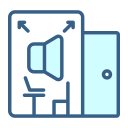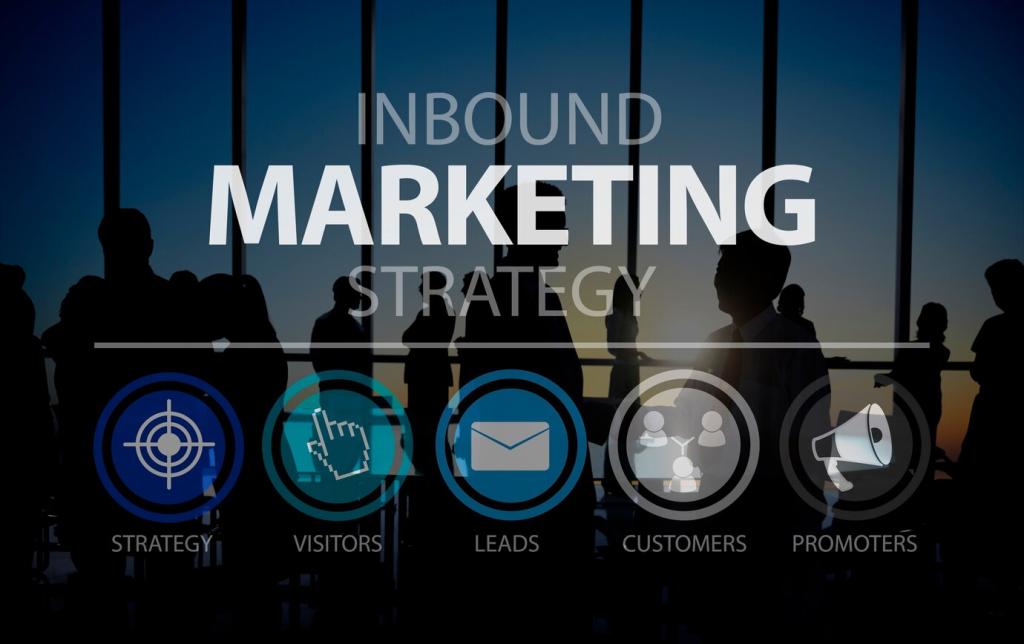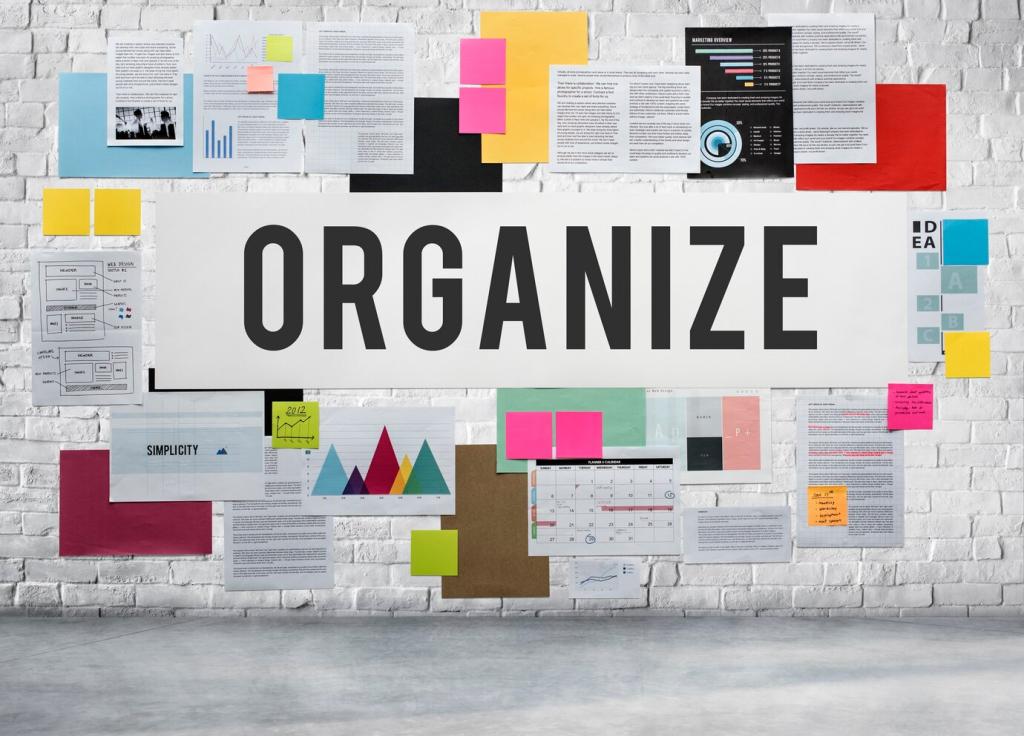Measure, Learn, and Refine
Beyond opens, watch click through to portfolio, time on project pages, consultation bookings, and replies with project details. Tag links by room type or style to see what compels action. Let each insight guide your next subject line, hero image, and closing paragraph.
Measure, Learn, and Refine
Test one variable at a time, starting with subject lines, first image, and CTA language. Keep list slices clean and timelines consistent. Gather statistical confidence before declaring a winner. Share your results with subscribers and invite them to vote on the next test in a playful postscript.
Measure, Learn, and Refine
Use tagged links and a simple tracking sheet that follows a reader from email to inquiry. Note the content that preceded a booking, such as a materials guide or case story. This narrative attribution clarifies what truly moves clients, helping you write copy that feels inevitable and welcoming.
Measure, Learn, and Refine
Lorem ipsum dolor sit amet, consectetur adipiscing elit. Ut elit tellus, luctus nec ullamcorper mattis, pulvinar dapibus leo.








